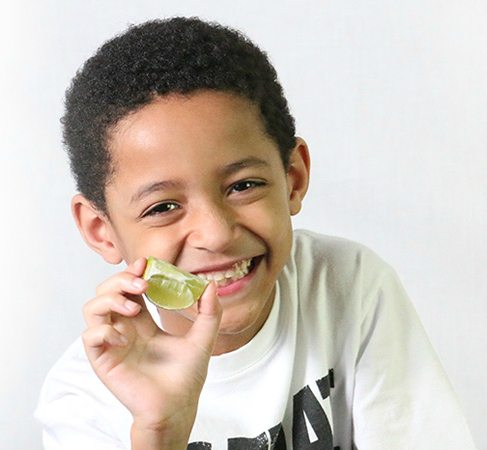How Can I Prevent Lyme?

Have you gotten a tick bite? Or want to prevent one?
Not all ticks carry infections, but an increasing percentage do. In addition to Lyme disease, ticks can also transmit many other viral, bacterial and parasitic infections/diseases such as Babesiosis, Tularemia, Anaplasmosis, Mycoplasma, Ehrlichiosis, Rocky Mountain Spotted Fever, Borrelia miyamotoi, Bartonellosis, Bourbon Virus, Heartland Virus, Powassan disease among others. Many studies have found ticks infected with two or more of these pathogens can result in more serious symptoms and pro-longed illness.
Transmission of Lyme and other bacterial, viral and parasitic infections can take place in a matter of MINUTES, particularly if the tick is not removed properly. This recent study confirms what Lyme specialists have seen in practice: There is no minimum attachment time for transmission of a Lyme disease infection. The arbitrary 36 hour minimum attachment presumption is extremely misleading and can have life-altering consequences if an infection is not treated early.
Considering there truly is no safe harbor attachment period, prevention is critical:
- Take steps to prevent a tick from attaching in the first place. Avoid tick-infested areas, walk in the middle of trails, treat skin, clothing and gear with appropriate repellants and tuck pants into socks.
- Perform routine, at least daily tick checks anytime you are outdoors, even if your only exposure is in your own yard. Ticks can be as small as a poppy seed and may look like a freckle. Ticks like to attach around moist areas of the body, and can often be found between the toes, behind the knees, in the navel and groin areas, armpits, back of neck, skin creases, and in hair.
- Carefully remove any attached ticks. Use fine-point tweezers to grasp the tick at the place of attachment, as close to the skin as possible. Gently pull the tick straight out, without twisting. Wash your hands, disinfect the tweezers and the bite site with an alcohol pad or similar disinfectant. Do not grab the body or use heat, oils or other topical agents which may cause the tick to expel potentially deadly pathogens from the gut of the tick into the host. Save the tick for testing in a small container or baggie labeled with the name, address, date and estimated hours attached.
- Consider prophylactic antibiotic treatment. The medical care provider and patient should carefully weigh the risks and benefits of prophylactic antibiotic treatment in the case of a known tick bite, even before symptoms appear. The Lyme bacteria can reach the central nervous system within 24 hours. A disseminated infection can be much more difficult, if not impossible, to eradicate. It is also critical to consider that in the majority of cases, the length of time of attachment to human hosts cannot be determined with accuracy.
Prevent Transmission of Lyme Disease During Pregnancy
 It is also important to prevent transmission of Lyme disease during pregnancy. Research and case studies in clinical practice have shown that tick-borne infections may be spread from mother to child during pregnancy.
It is also important to prevent transmission of Lyme disease during pregnancy. Research and case studies in clinical practice have shown that tick-borne infections may be spread from mother to child during pregnancy.
We recommend for women of child bearing age who have been diagnosed with fibromyalgia, chronic fatigue syndrome, autoimmune conditions, unexplained inflammation, unexplained immune deficiencies, psychiatric conditions such as depression or anxiety, joint pain or muscle pain to carefully consider Lyme disease as part of the differential diagnosis, preferably under the guidance of a knowledgeable provider using more reliable tests. Dr. Richard Horowitz has developed a questionnaire that is an excellent resource for determining the likelihood of Lyme disease based on your history and symptom picture.
